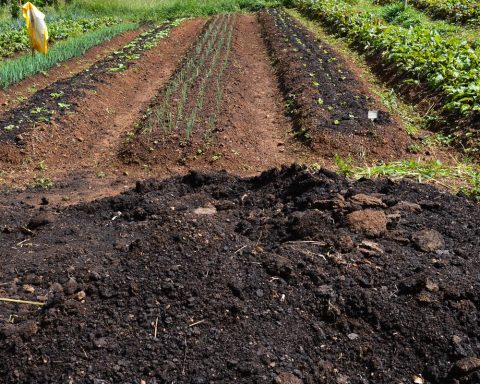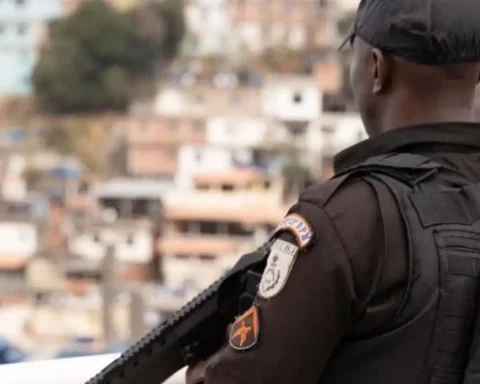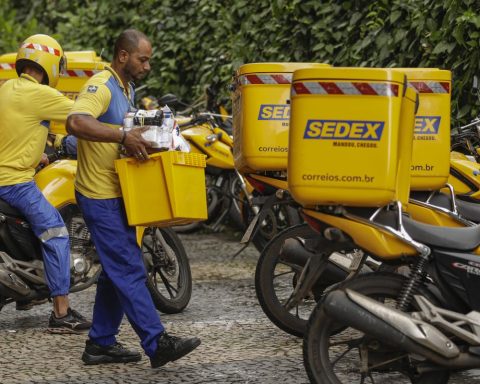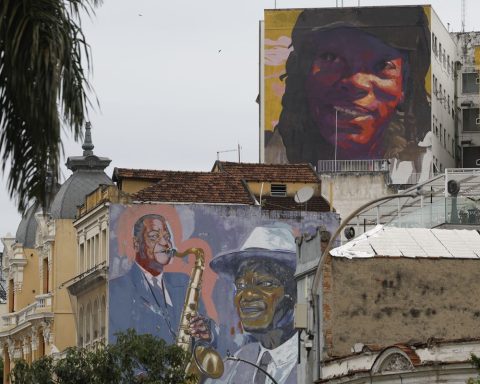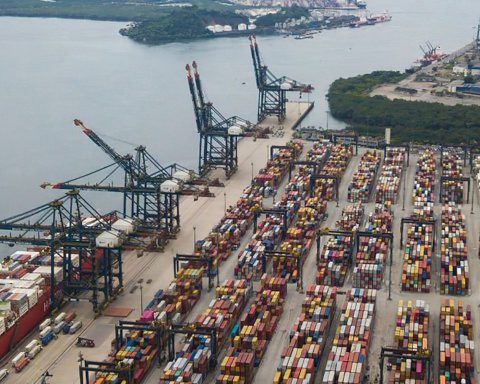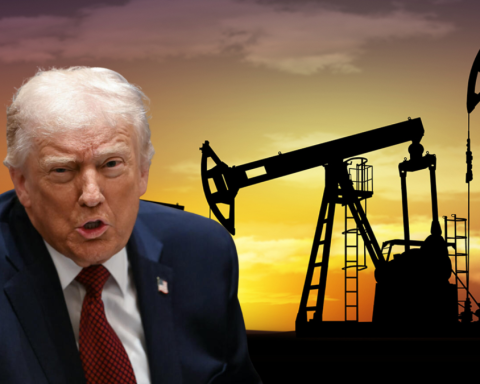The financial market had another day of optimism on the eve of the meetings that will decide interest rates in Brazil and the United States. The dollar fell for the second time in a row and is at an eight-day low. The stock market rose in the final stretch of the day and once again surpassed 112 thousand points.
The commercial dollar ended this Tuesday (20) sold at R$ 5.153, with a drop of 0.25%. The price rose during the morning, following the international market, but lost strength in the early afternoon with the inflow of foreign capital attracted by high interest rates in Brazil.
The quotation is at the lowest level since the 12th, when the US currency had closed at 5.09. With today’s performance, the dollar accumulates a fall of 0.94% in September. In 2022, the decline reaches 7.59%.
In the stock market, the day was also marked by relief. The B3 Ibovespa index closed at 112,517 points, up 0.62%. After operating almost all day close to stability, the indicator rose towards the end of trading, boosted by bank stocks.
The Brazilian stock market resisted the fall of the North American stock exchanges, which had another complicated day because of the expectations surrounding the Federal Reserve (Fed, North American Central Bank) meeting. Tomorrow (21), the Fed should announce a new hike of 0.75 percentage point in the basic interest rates in the United States to contain inflation, which continues to advance despite recent readjustments. Some investors are betting on a 1-point increase.
Also on Wednesday, the Monetary Policy Committee (Copom) of the Central Bank (BC) will decide the Selic rate (basic interest rates for the economy). According to the latest edition of the Focus bulletin, a weekly survey of financial institutions released by the BC, the Selic rate should remain at 13.75% per year. However, in the minutes of the last Copom meeting, the BC admitted the possibility of an increase to 14% per year.
Higher interest rates in advanced economies encourage capital flight from emerging countries such as Brazil. However, high Brazilian interest rates hold up the dollar, as they make the real attractive to foreign investors.
*With information from Reuters

